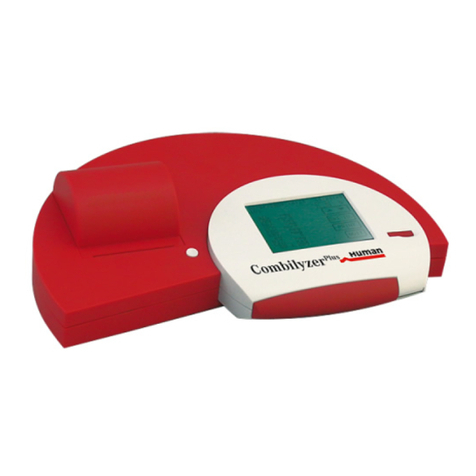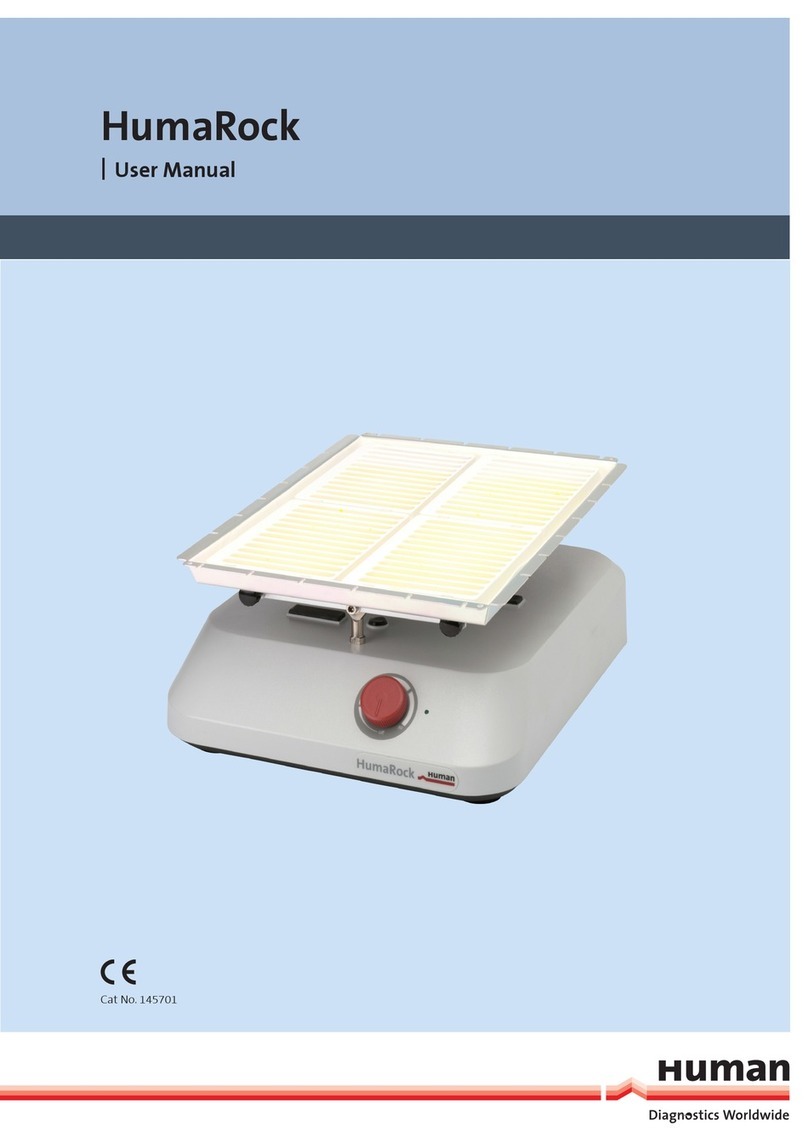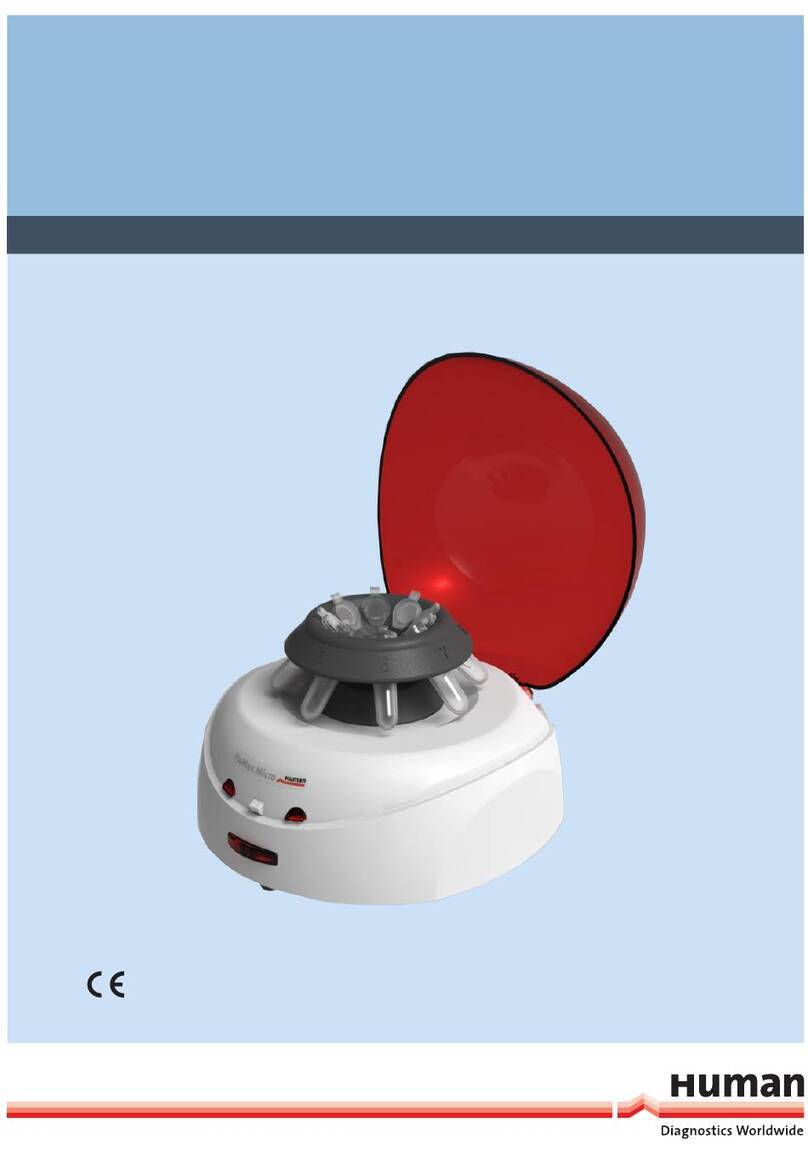
Safety InStructIonS 5
1 SAFETY INSTRUCTIONS
1.1 Introduction
This manual is considered as a part of the instrument; it has to be at the oper-
ator’s hand as well as at the maintenance operator’s availability. For accurate
installation, use and maintenance, please read the following instructions care-
fully. In order to avoid instrument damage or personal injury, carefully read the
”GENERAL SAFETY WARNINGS”, describing the suitable operating procedures. In
case of breakdowns or any troubles with the instrument, apply to the local Tech-
nical Service.
1.2 User warranty
HUMAN warrants that instruments sold by one of its authorised representa-
tives shall be free of any defect in material or workmanship, provided that this
warranty shall apply only to defects which become apparent within one year
from the date of delivery of the new instrument to the purchaser.
The HUMAN representative shall replace or repair any defective item at no
charge, except for transportation expenses to the point of repair.
This warranty excludes the HUMAN representative from liability to replace
any item considered as expendable in the course of normal usage, e.g.: lamps,
valves, syringes, glassware, fuses, diskettes, tubing etc.
The HUMAN representative shall be relieved of any liability under this warranty
if the product is not used in accordance with the manufacturer‘s instructions,
altered in any way not specified by HUMAN, not regularly maintained, used
with equipment not approved by HUMAN or used for purposes for which it was
not designed.
HUMAN shall be relieved of any obligation under this warranty, unless a com-
pleted installation / warranty registration form is received by HUMAN within
15 days of installation of this product.
This warranty does not apply to damages incurred in shipment of goods. Any
damage so incurred shall be reported to the freight carrier for settlement or
claim.



































